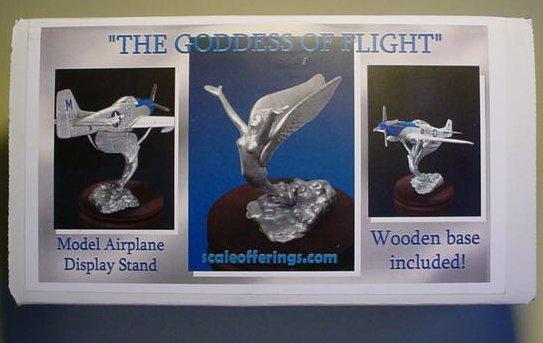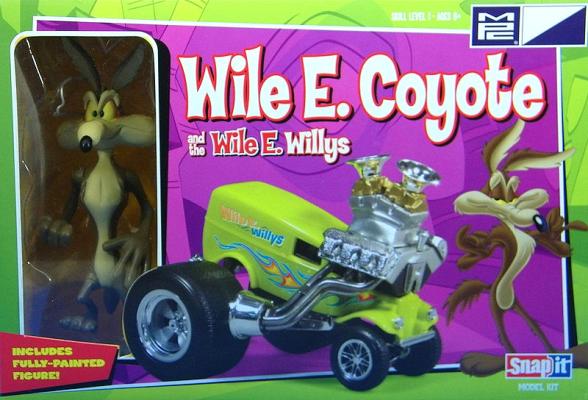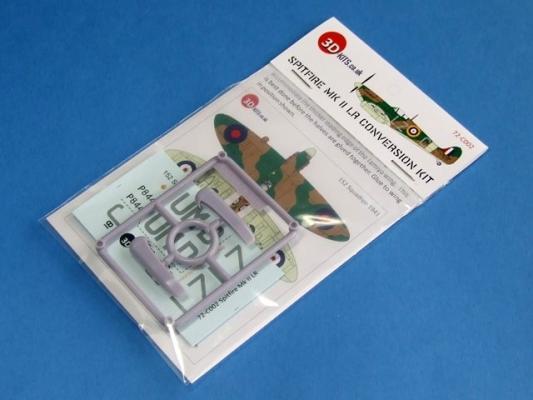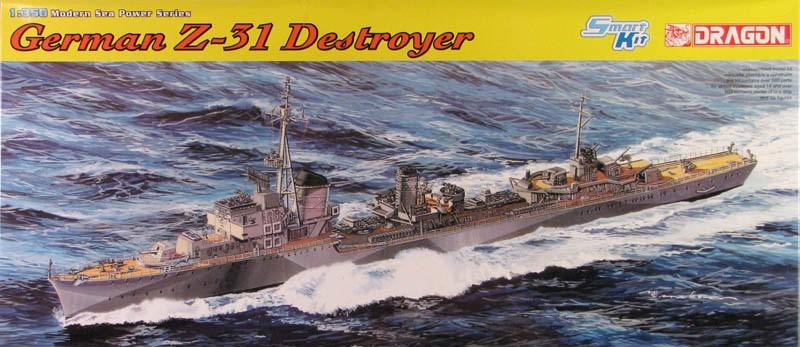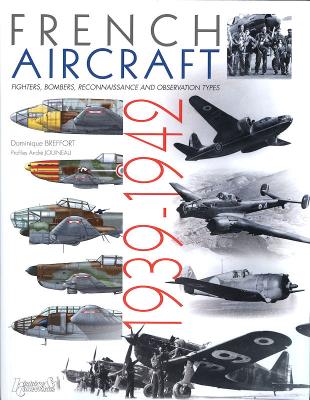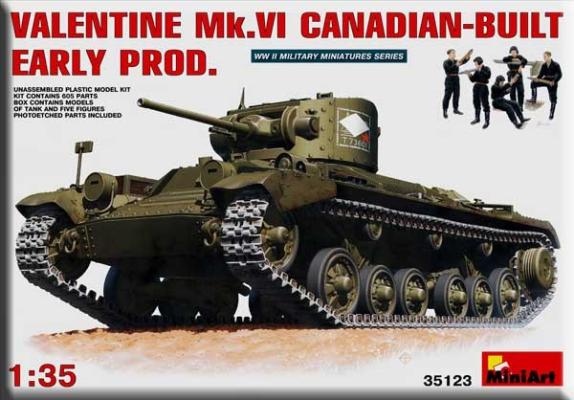The Parts
The Goddess of Flight provides a sturdy and classy display base for models. The Goddess figure consists of seven parts, all cast in resin. Her feet are contained within a base that can simulate clouds or water, depending on what model she will be supporting. There are no “feet” per se, but a resin locating peg that slips into the cloud/water base.
This cloud/water base comes with a ¼” (approx.) nut that is embedded firmly in the resin. The nut slides upward through a finished wooden base which provides lateral support for the finished Goddess and a whole lot of “class”. The wooden base is circular, comes completely finished and is very attractive.

